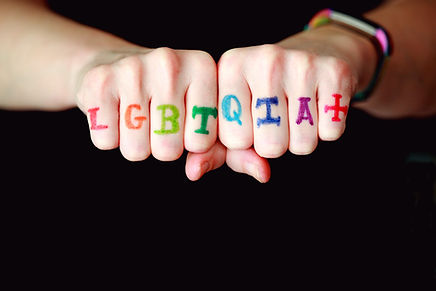10 Ways to Be More Inclusive:
The DOs and DON'Ts
DON'T
Assume you know other people's personal pronouns or use binary assumptive language

DO
Listen carefully to how others refer to themselves when speaking, make a conscious effort to utilize the correct pronouns of others, and apologize and correct yourself if you make a mistake

DON'T
Speculate when it comes to a person's sexuality or gender identity

DO
Use gender-neutral terminology and inclusive language

DON'T
Use terms such as choice, preference, or lifestyle

DO
Respect a person's orientation or identity

DON'T
Make another person uncomfortable by inquiring about personal issues such as their intimacy, their body, or medical procedures

DO
Ask thoughtful and respectful questions without being intrusive, respect personal boundaries by listening and taking cues from the other person about topics that are on and off limits

DON'T
Think you know all there is to know about the LGBTQ community and inclusivity just because you know a few buzz words and, at the very least, make sure to know the meanings of terms describing self-identity (lesbian, gay, bisexual, transgender, questioning, queer, gender-queer, intersex, cisgender, non-binary, gender non-conforming, fluid, pansexual, polysexual, omnisexual—just to name a few)

DO
Research information to educate yourself so you can create a more inclusive and supportive environment for others

